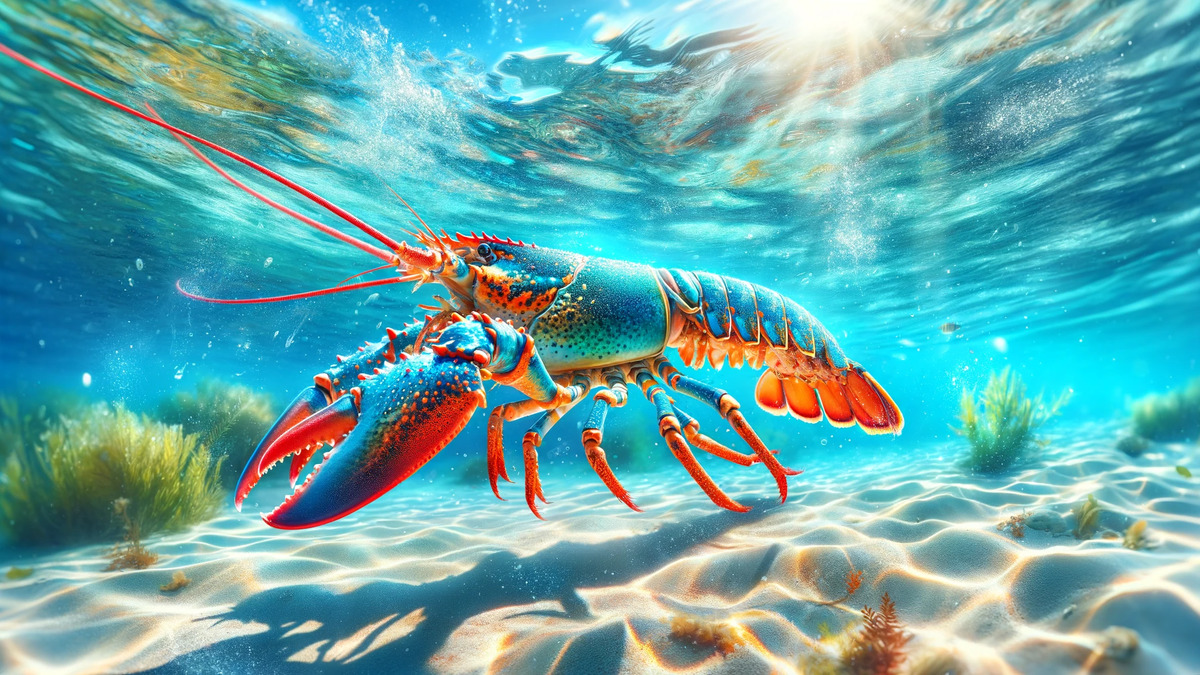Lobsters have an almost indefinite lifespan and show no signs of ageing. This phenomenon, called ‘negligible ageing’, means that they continue to grow, remain fertile and do not lose strength with age, which is extremely rare in animals.
This is the pearl lobster, one of the most expensive lobsters. The adults are colourful and the juveniles are transparent.
It has two stomachs, one in the area we think of as the head, where first there is a group of three small calcified plates that act much like teeth. Food is crushed by this stomach grinder, also known as a stomach mill. This replaces the teeth.
Their rather unique means of communication is also noteworthy. They communicate mainly through their urine. Moreover, the urine is released through an opening near the eyes. They then send pheromone-laden signals to other lobsters.
Heat-sensitive proteins combine with a carotenoid pigment called astaxanthin to change the body colour of lobsters from live blue, brown or green to cooked red.
Also of interest is the fact that they shed their hard exoskeleton for growth. This process, known as moult, leaves them defenceless until the new shell hardens, during which time they may recycle by consuming the old shell to regain the calcium and phosphorus they need.
They navigate using their natural magnetic sense and align themselves with the earth’s magnetic field like a compass.
Lobsters are delicious, but lobsters themselves have a highly developed sense of touch and taste. And most of them are concentrated in the legs and antennae, which allow them to identify changes in their food and environment.
Far from being solitary, they establish a complex social hierarchy in which dominant individuals maintain their status through ritualised fighting.
Females can store male sperm for months to years before deciding to fertilise the eggs.
It takes several moult cycles, which may be an effective way of coping with the damage caused by their rough life on the seabed.
They can produce a distinctive sound by deflecting their outer shell. This feature is thought to be used as a deterrent against predators or as an aggressive signal to other lobsters. They can also communicate by hearing.
Each hand has its own role: the larger of the two claws, either the right or left, is stronger and used for crushing, while the smaller and faster claw is used for cutting.
They have an extremely sensitive sensory system based on the numerous tiny hairs that cover their bodies, allowing them to detect changes in water quality and movement. It acts like a network of tiny antennas that provide the lobster with detailed information about its surroundings.
The nervous system has been the focus of scientific research, with some studies suggesting structural similarities with the human brain.
Some lobsters form a unique interdependent relationship with sea anemones. By carrying the anemone on its shell, the lobster protects itself from predators, while at the same time promising the anemone improved mobility and access to food.



コメント